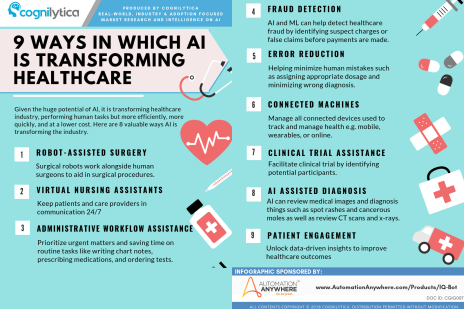Symptoms Of Abdominal Hernia Discomfort Adhering To Meals: Reasons And Management Approaches

https://www.healthline.com/nutrition/weight-gain-after-surgery By-Gunter Harris
If you have actually experienced stomach hernia discomfort after consuming, you're not the only one. https://mgyb.co/s/vXmdl arises from the stress on a damaged area of your abdominal wall surface throughout food digestion. You may observe sharp or aching pain, bloating, and even a visible lump. But what can you do to take care of these signs and symptoms? Understanding the connection between hernias and post-meal discomfort is the very first step towards finding relief. Let's explore this additionally.
Understanding the Web Link Between Hernias and Post-Meal Discomfort
When you consume, your body experiences a complex procedure of digestion that can in some cases cause pain if you have a hernia. This takes place because a hernia happens when an organ or tissue protrudes via a weak spot in the abdominal wall.
As food moves through your gastrointestinal tract, it might put pressure on this damaged location. You could really feel discomfort or discomfort, particularly after eating larger dishes or details foods that create bloating.
In addition, the movement of your intestines during food digestion can worsen the hernia, bring about a lot more extreme experiences. Comprehending this link is crucial, as it assists you determine potential triggers and make nutritional changes to take care of discomfort properly.
Monitoring what you eat can provide beneficial understandings.
Common Symptoms of hernia Discomfort After Eating
If you have a hernia, you could notice details signs and symptoms after eating that signal pain. Typically, you may experience sharp or hurting pain in your abdomen, specifically around the hernia site. This discomfort can magnify after dishes, specifically if you have actually consumed a large section or heavy foods.
Bloating and gas are also constant problems, making you feel uncomfortably full. You could also observe a visible bulge in your abdominal areas that comes to be much more pronounced post-eating.
Nausea and occasional vomiting can occur, especially if the hernia is causing a blockage. If you find yourself experiencing these signs and symptoms constantly after dishes, it's essential to speak with a health care professional for appropriate examination and guidance.
Methods for Managing hernia Pain After Dishes
To take care of hernia discomfort after meals successfully, think about making some dietary and way of life adjustments.
Start by eating smaller, more regular dishes as opposed to huge sections, which can lower pressure on your abdomen. Focus on low-fat, high-fiber foods to alleviate food digestion. Prevent spicy, acidic, or fried foods that may set off discomfort.
In addition, keep a healthy weight to reduce pressure on your abdominal wall surface.
After eating, try to continue to be upright for at the very least 2 hours to help food digestion; this can assist avoid discomfort. Mild tasks like strolling can likewise promote digestion, however avoid extreme workout quickly after dishes.
Remaining hydrated is important-- drink plenty of water throughout the day to support digestive health and wellness and overall well-being.
Final thought
In conclusion, if you're experiencing stomach hernia pain after eating, it's vital to identify the link in between your diet and your signs and symptoms. By adopting smaller, a lot more frequent meals and avoiding trigger foods, you can considerably lower discomfort. Staying upright and appealing in light activity post-meal can additionally assist. Don't be reluctant to get in touch with a health care specialist if your symptoms persist. Taking these steps can enhance your comfort and improve your overall well-being.

